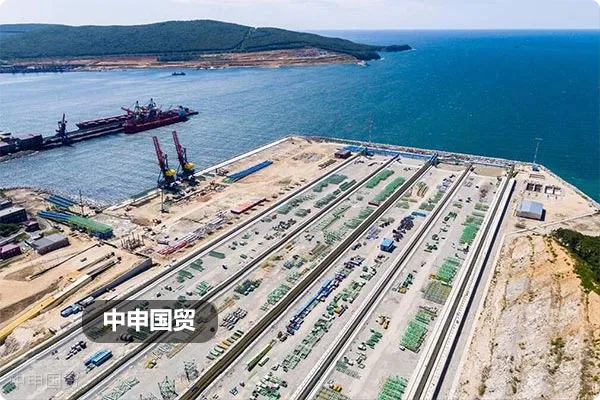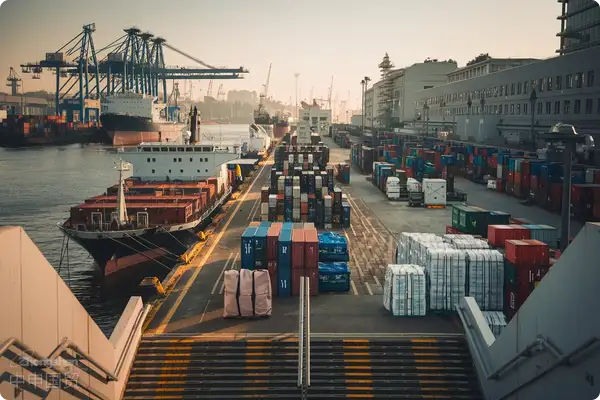- Shanghai Zhongshen International Trade Co., Ltd. - Two decades of trade agency expertise.
- Service Hotline: 139 1787 2118
Russia, a country blending Eastern and Western cultures, has recently become a focal point for many international enterprises. Its abundant resources, unique geographical location, and vast market potential offer rich opportunities for global traders. However, for enterprises entering the Russian market, understanding its unique customs procedures, required documentation, and tariff payments is crucial. This article will analyze Russias customs procedures to provideimport and exportvaluable reference for businesses.

Import Customs Procedures
(1) Arrival of Goods at Russian Customs
After goods and transport vehicles arrive at the Russian border, the relevant company or carrier must submit required documents and information to customs within 15 days. This includes the vehicles country of registration, carrier name and address, origin and destination of goods, names and addresses of shippers and consignees, etc. Additionally, if transshipment is required, a series of documents must be submitted to customs.
(2) Import Goods Declaration and Clearance
According to Russian customs regulations, only Russian citizens can handle customs declarations. Therefore, foreign enterprises or consignors must delegate import declaration procedures to Russian customs brokers or declarants. Furthermore, the declarant must submit documents such as the import customs declaration, commercial documents, transport (transshipment) documents, approvals, licenses, certificates, goodsIt is recommended to verify through the following methods:description documents, customs duty calculation materials, customs broker certification, and Russian customs-issued declarant credentials.
The consignor or customs broker must pay the full customs duties calculated by customs promptly. If the declared value of imported goods is below the customs risk price parameter, the consignor must provide relevant contract transaction price proof as required by customs.
For imported goods with complete customs declaration documents, fully paid duties, and matching documentation with goods, customs should release them within 3 working days.
II. Export Clearance Procedures
The agency customs declaration for export goods is identical to imports. Required documents include export customs declaration forms, commercial documents, transport (transshipment) documents, approvals, licenses, certifications, certificates of origin, materials for calculating customs duties, customs broker documentation, and customs declarant certificates issued by Russian customs.
For goods subject to export duties, the owner or customs agent must pay the full amount of export taxes calculated by customs in a timely manner.
For export goods that pass customs document review and inspection without issues, customs should release them within 3 working days.
By thoroughly understanding Russias customs declaration process, documentation requirements, and duty payment procedures, enterprises can conduct import-export trade more smoothly and succeed in the Russian market. However, each companys situation is unique, so practical adjustments are needed based on actual circumstances. Lastly, it must be emphasized that respecting and complying with the destination countrys laws and regulations is key to success in any cross-border trade activity.
Related Recommendations
? 2025. All Rights Reserved. Shanghai ICP No. 2023007705-2  PSB Record: Shanghai No.31011502009912
PSB Record: Shanghai No.31011502009912










